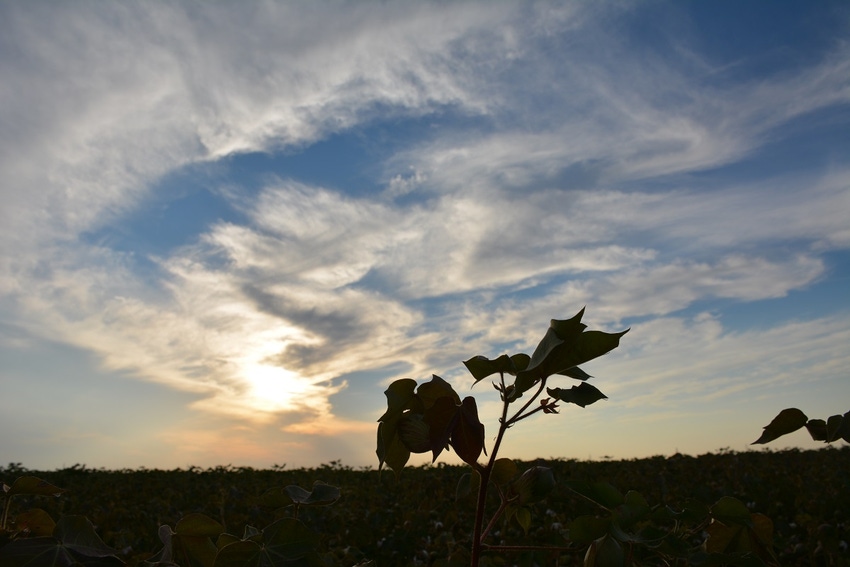
Back in 2011 or 2012, when Congress began thinking about crafting the 2012 farm bill —which they finally passed two years later as the Agriculture Act of 2014 — commodity prices were at or near record highs, the economy was still struggling to recover, budgets were tight, and no one in Congress wanted to compromise with anyone else to get anything accomplished.
In addition to that muddle, the Brazil cotton case before the World Trade Organization had been decided in favor of Brazil, with the United States cotton industry being condemned for manipulating world cotton prices and subject to strict reprisals from Brazil, which could have included much more than cotton, possibly even electronics, intellectual property rights, and a bunch of other stuff.
In short, it was a really bad time to be crafting a farm bill to provide a safety net for the country’s most important industry. Some very smart people — economists, congressional staffers, commodity organizations, and others — finally hammered out a farm bill that could pass muster in both houses and be signed by President Obama. It was a different kind of farm program, one that relies heavily on crop insurance, less on guaranteed payments.
In retrospect, it’s one of those “it seemed like a good idea at the time” stories. But anyone who has watched agriculture commodities for more than five years understands that high prices can guarantee one thing — low prices.
For the latest on southwest agriculture, please check out Southwest Farm Press Daily and receive the latest news right to your inbox.
We also know that consistent high yields are as reliable as a Hollywood marriage. World commodity supplies surged, prices dropped, a four-year drought hit much of the country, and what seemed like a great program (it was probably the best that could be hoped for at the time), began to display shortcomings.
Cotton took it on the chin, left out of the commodity title altogether to satisfy WTO and Brazil. Now, it has no support payment and only a new insurance offering — the stacked income protection plan (STAX) — available to fill the void in case of price or production losses. A supplemental coverage option (SCO) also is available.
China’s reckless purchase of beaucoup bales of expensive cotton, following the commodity’s meteoric rise to $2 a pound, made things worse. China took a lot of cotton off the market for a while, which created an artificial shortage that supported prices for a time, but also put a damper on significant upward movements.
And polyester is cheap — even cheaper lately because of the precipitous drop in oil prices.
Consequently, the industry is looking for help, most recently asking that cottonseed be designated “other oilseed” by the Secretary of Agriculture, an action that would qualify it for support under the Commodity Title.
But so far, no dice.
Cotton industry spokesmen vow not to give up, and pledge to continue pursuing the other oilseed option, as well as other avenues of support.
They need something. The industry is too important, too big a part of southern agriculture to ignore. Election year politicizing may be a contributing factor, but it’s time to put politics aside and do what’s right for agriculture.
About the Author(s)
You May Also Like






